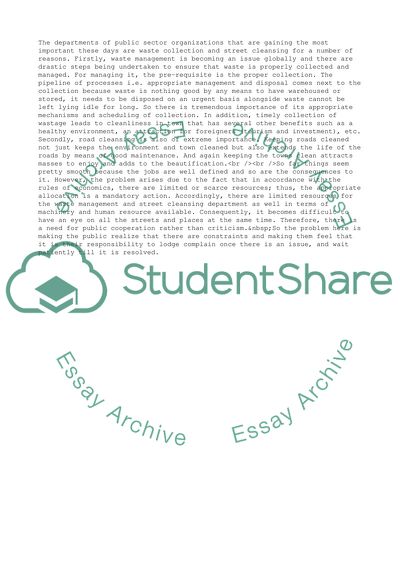Cite this document
(The Customer Service of a Public Sector Organization Research Proposal, n.d.)
The Customer Service of a Public Sector Organization Research Proposal. https://studentshare.org/business/1708228-work-based-project
The Customer Service of a Public Sector Organization Research Proposal. https://studentshare.org/business/1708228-work-based-project
(The Customer Service of a Public Sector Organization Research Proposal)
The Customer Service of a Public Sector Organization Research Proposal. https://studentshare.org/business/1708228-work-based-project.
The Customer Service of a Public Sector Organization Research Proposal. https://studentshare.org/business/1708228-work-based-project.
“The Customer Service of a Public Sector Organization Research Proposal”. https://studentshare.org/business/1708228-work-based-project.


